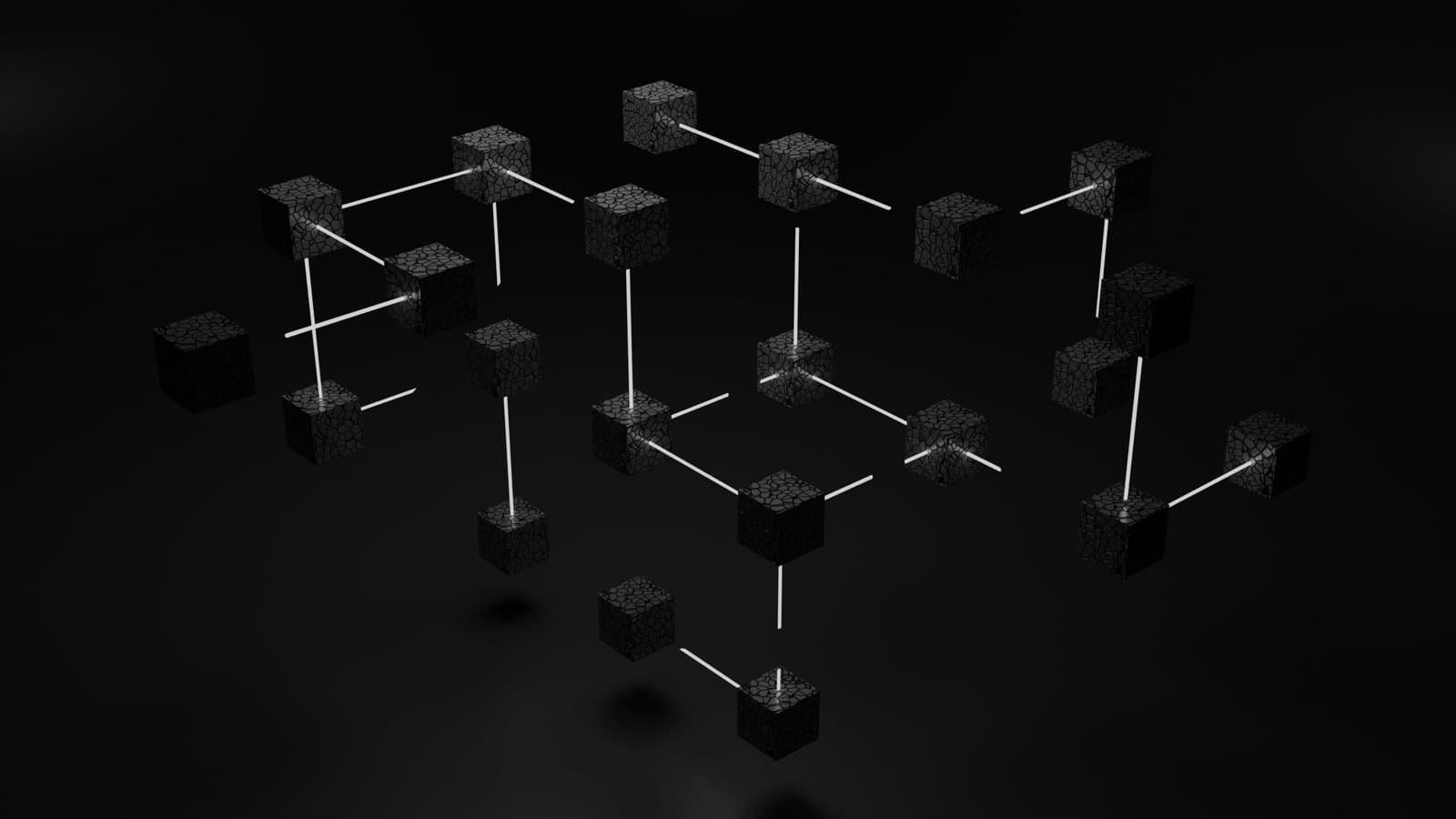Have you ever wondered what “Rollups” are and why they are so significant in the world of blockchain technology? In recent times, rollups have emerged as a critical innovation aimed at improving the scalability and efficiency of blockchain networks. This article endeavors to break down the concept of rollups in a friendly and engaging manner while giving you a comprehensive understanding of their role and impact.

Understanding Rollups
Before diving into the intricacies of rollups, let’s start by understanding what they are in the simplest terms. Rollups are a scaling solution designed to improve the performance of blockchain networks by processing transactions off the main chain while still ensuring security.
The Purpose of Rollups
Rollups aim to tackle one of the most pressing issues facing blockchain networks – scalability. As more users join these networks, the number of transactions increases, leading to congestion and higher fees. Rollups come to the rescue by allowing you to enjoy faster transaction speeds and lower costs without compromising on security.
How Rollups Work
By moving computations off-chain and only storing the minimal data on the main blockchain, rollups reduce the workload. Essentially, they batch multiple transactions into a single rollup block, which is then verified and posted on the main chain. This not only speeds up the process but also ensures that transactions are secure and transparent.
Types of Rollups
Rollups come in different forms, each with its own mechanism to achieve scalability. The two primary types are Optimistic Rollups and Zero-Knowledge (ZK) Rollups. Let’s take a closer look at each:
Optimistic Rollups
Optimistic Rollups streamline the verification process by assuming all transactions are valid, unless proven otherwise. They operate under the principle of “innocent until proven guilty,” reducing the number of computations on the main chain.
Advantages of Optimistic Rollups
- Efficiency: By assuming transactions are valid, they minimize unnecessary checks, accelerating transaction processing.
- Economical: Users benefit from lower transaction fees due to reduced computational demands.
Understanding these benefits helps you appreciate the value Optimistic Rollups bring to the table.
Zero-Knowledge Rollups
Zero-Knowledge Rollups, on the other hand, use cryptographic proofs to validate transactions. These proofs are known as zero-knowledge proofs, and they allow the network to confirm the legitimacy of a transaction without revealing its data.
Advantages of Zero-Knowledge Rollups
- Security: The primary advantage lies in their robust security as they verify every transaction meticulously.
- Privacy: They also uphold transaction privacy, a crucial aspect for many blockchain users.
By exploring the different types of rollups and their advantages, you can see how varied solutions can address scalability in blockchain technology.
Rollups and Layer 2 Technologies
Rollups are often categorized as Layer 2 solutions because they work on top of existing blockchain networks. Understanding how rollups fit within the Layer 2 ecosystem will give you a clearer picture of their functionality.
What is Layer 2?
Layer 2 solutions are technologies that run on top of a blockchain protocol (Layer 1) to improve its performance. The main aim of Layer 2 is to increase transaction throughput and reduce fees without altering the primary blockchain structure.
Rollups in the Layer 2 Context
Rollups, as a Layer 2 solution, share their transactional data with the main chain but handle processing off-chain. This balance ensures security while offering enhanced speed and reduced costs. Think of rollups as your efficient assistant, tirelessly working off-stage to keep things running smoothly.
Why Rollups Matter
You might be wondering, why all the fuss around rollups? Their significance lies in their potential to make blockchain technology more accessible and sustainable, facilitating widespread adoption.
Solving Scalability Issues
Without rollups, blockchain networks could be hindered by their own success, as increased use could lead to heavy congestion and impractical fees. Rollups offer a sustainable path forward, supporting networks as they grow and evolve.
Encouraging Innovation
By improving scalability, rollups also open the door to more innovation within the blockchain space. Developers can build more complex, feature-rich dApps (decentralized applications) without worrying about performance bottlenecks. This could lead to a boom in creativity and functionality that you, as a user, will benefit from.

Real-World Applications of Rollups
As we canvas the vast potential of rollups, it’s vital to mention how they manifest in the real world, impacting everyday applications across various sectors.
Finance
In the financial sector, rollups enable faster and more cost-effective transactions, something crucial for applications like DeFi (Decentralized Finance), where speed and cost are paramount. Imagine conducting cross-border transactions with ease, security, and minimal fees—a scenario you can experience thanks to rollups.
Gaming and NFTs
For the gaming industry and NFTs (Non-Fungible Tokens), rollups offer a solution to handle high-volume transactions with lower costs, making blockchain gaming and collectibles more accessible to everyday users like you.
Supply Chain Management
Supply chain systems can leverage rollups for more efficient data processing and verification, leading to enhanced transparency and traceability. The complex transactions and data exchanges that occur in supply chains can be streamlined through rollups, making your products arrive faster and ensuring their authenticity.
Challenges and Considerations
Like any technology, rollups come with their set of challenges that are important to consider. These can affect how rollups are implemented and their eventual success.
Security Risks
While rollups offer improved performance, ensuring their security remains paramount. Layer 2 solutions must be robustly designed to prevent malicious attacks, something that stakeholders must continuously address.
User Experience
A seamless user experience is vital for the widespread adoption of rollups. Developers need to ensure that you, the user, can interact with Layer 2 solutions without cumbersome interfaces or complex procedures.

The Future of Rollups
The trajectory for rollups looks promising as blockchain ecosystems continue to evolve. Their adaptability and efficiency make them a cornerstone for future developments. As you keep an eye on technological advancements, here’s what to expect from rollups in the coming years.
Integration with Ethereum 2.0
With ongoing developments like Ethereum 2.0, rollups are set to play a pivotal role in complementing these upgrades. They provide the necessary support to handle increased transaction loads, ensuring smoother transitions and enhanced network resilience.
Increased Adoption
As rollups continue to prove their worth, more blockchain networks are likely to adopt them. This can lead to broader acceptance and integration of blockchain solutions across various industries, from finance and health to transportation and entertainment.
Innovations in Interoperability
Future advancements may also focus on improving interoperability between rollups and other Layer 2 solutions. This means more cohesive connections within the blockchain ecosystem, allowing different networks to communicate effectively, to your advantage.
Conclusion
Rollups arise as a beacon of advancement in the blockchain arena, offering solutions to some of the most critical challenges. By enhancing scalability, lowering fees, and improving transaction speeds, they pave the way for a more inclusive and accessible digital world. As you continue to engage with blockchain technologies, keeping an eye on the developments in rollups will undoubtedly enhance your understanding of this dynamic and promising field.

